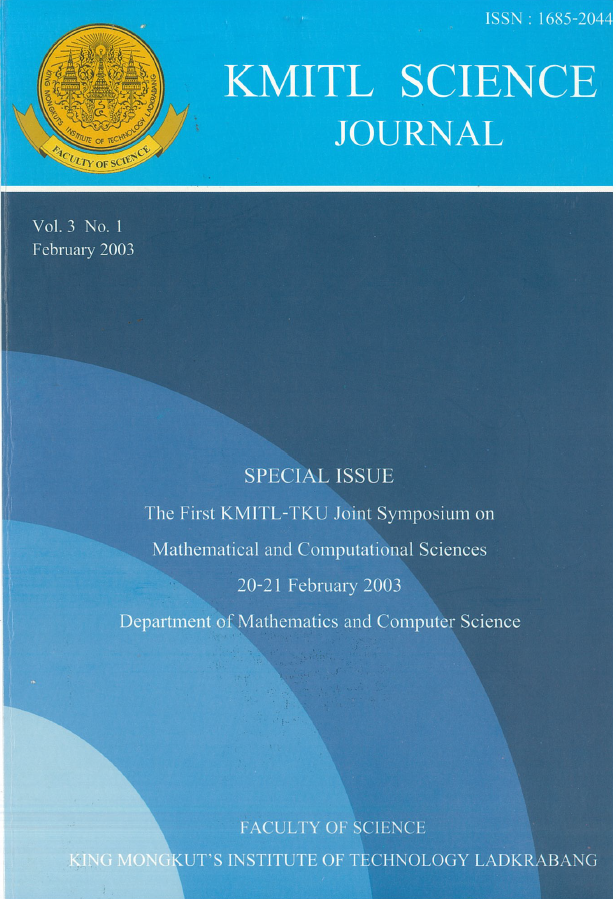The study is to propose a group sequential design which reduces the average sample number in the repeated group significance tests to compare the efficacy between two treatments. As the impractical problems of clinical trials, we often need a large number of sample size when the difference between two population means is small. Thus it is necessary to devise the group sequential design for reducing the average sample number from an ethical point of view. We construct the group sequential design which has the inner boundaries intending to accept the null hypothesis at an early stage. We compare our group sequential design with the usual group sequential design in terms of the average sample number in the simulations.
Keywords: -
E-mail: cast@kmitl.ac.th
Douke, H. . (2018). Group Sequential Design for Reducing Average Sample Number. CURRENT APPLIED SCIENCE AND TECHNOLOGY, 17-22.

https://cast.kmitl.ac.th/articles/144338